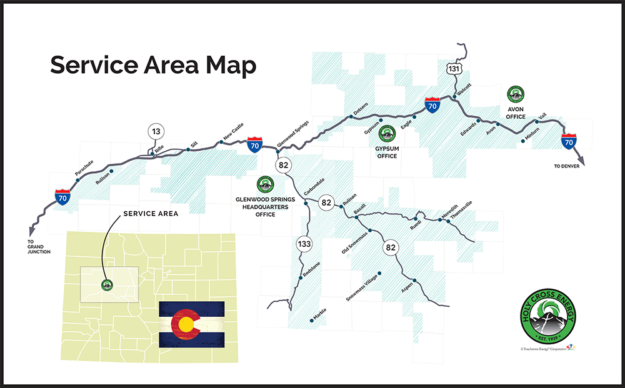Widgetized Section
Go to Admin » Appearance » Widgets » and move Gabfire Widget: Social into that MastheadOverlay zone
Sinema ready to ‘move forward’ on massive climate, health, tax, deficit-reduction bill
Barring either Sen. Joe Manchin or Sen. Kyrsten Sinema making like Lucy and pulling back the football this weekend, a history-making climate, health, deficit reduction and tax-reform bill is just about to cross the goal line.

Sinema, a centrist Arizona Democrat who has quashed previous, more ambitious plans, on Thursday announced she’s ready to “move forward” on the $739 billion Inflation Reduction Act with a few changes, including tax tweaks and increased drought spending. That follows Manchin’s deal last week.
Senate Majority Leader Chuck Schumer of New York said he expects to bring the bill, which includes $369 billion in climate rescue spending, to a vote via budget reconciliation on Saturday.
The bill, which would pay for itself with a corporate minimum tax, stepped up IRS enforcement and lower prescription drug prices for the government, needs every Democratic Senate vote, plus the tiebreaker by Vice President Kamala Harris to pass via the budget reconciliation process and avoid a GOP filibuster.
“This bill will lower costs for millions of families at the pharmacy, at the pump, and on their monthly energy bills and insurance premiums,” Colorado U.S. Sen. Michael Bennet, a Democrat, said in a floor speech Thursday. “It will do … more to achieve energy independence and fight climate change than anything that we have ever done.”
A spokesman for Bennet’s Republican opponent in the Nov. 8 election, Joe O’Dea, did not return an email requesting comment.
Besides the package of tax incentives for renewable energy and electric vehicles, the bill includes a methane fee and $64 billion for three more years of expanded Obamacare subsidies for individual market and small-group health insurance.
Colorado’s Western Slope has some of the highest health insurance rates in the nation and is also considered a climate change hotspot, with temperatures in some areas already warming 3.6 degrees Fahrenheit – more than twice the national average for manmade heating — according to scientists.
Should Manchin and Sinema stay true to their word and the bill survives a grueling “vote-a-rama” process, it would then move to the House next week, where Democrats have enough votes for straight party-line passage to send it to President Joe Biden.
Lafayette Democrat Joe Neguse, who represents the majority of Eagle County and other fire-ravaged areas of the Western Slope, recently passed a huge package of wildfire and drought bills in the House that’s likely to stall in the Senate. Some of Sinema’s drought concerns could be answered there.
Silt Republican Lauren Boebert, who represents the majority of the Western Slope and the southwestern corner of Eagle County, made her position on the bill clear last week.
On July 28, Boebert tweeted: “Only Democrats would have the audacity to introduce a bill with $800 billion [sic] in new spending on Green New Deal crap and then call it the ‘Inflation Reduction Act.””
The $739 bill includes $300 billion in deficit reduction, per Manchin’s demands, with all of its other spending paid for by tax increases on corporations with profits of more than $1 billion and lower prescription drug prices for seniors on Medicare.
Boebert in 2021, long after the 2020 election campaign, belatedly revealed a huge source of her family’s income (nearly $500,000 a year) comes directly from oil and gas drilling.
She had previously disclosed she was willing to risk that newfound financial windfall in bankruptcy by failing to purchase health insurance for several years, offering no concrete plan for bringing down health care and insurance costs.
A Boebert spokesman this week did not return an email requesting comment.
Also on July 28, Boebert tweeted: “Let’s follow the science: We are in a recession. There are only 2 genders. Electric cars are charged by fossil fuels. COVID lockdowns were worthless.”
In her own congressional district, one local electric utility – Holy Cross Energy (HCE) – is on track to source 100% of its power from renewables by 2030 – one of the most ambitious plans in the nation. It’s currently at 44% renewables, which includes 10 megawatts of solar in Boebert’s hometown of Silt.
So when HCE’s 44,000 members from Parachute in the west to Vail in the east along I-70 and down to Aspen in the south are at home with their EVs plugged in — or even at a local charging station — those vehicles are already being charged by nearly 50% renewable energy and will be at 100% in just seven years.



